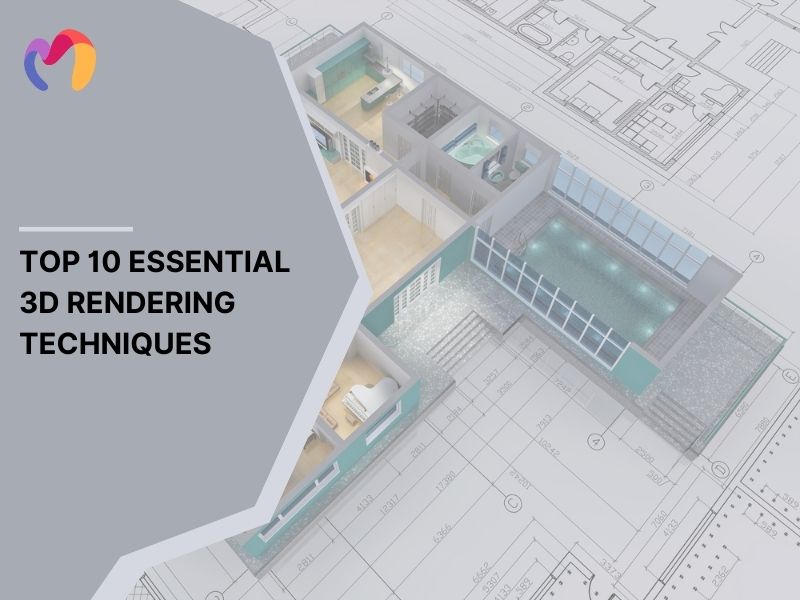What is 3ds Max? What is it Used For?
Autodesk 3ds Max, formerly 3D Studio and 3D Studio Max, is a professional 3D graphics software used to create models, animations, games and images, developed by Autodesk Media and Entertainment. Designers and architects use it to model, animate and render detailed 3D objects and realistic scenes for interior design, exterior architecture and visualization projects. This guide introduces what is 3ds Max, including key features, practical modeling methods and rendering techniques, helping professionals turn concepts into clear visual presentations. By understanding its capabilities, designers can produce high-quality, engaging 3D visuals that communicate ideas effectively and enhance creative workflows.

1. What is 3ds Max?
Autodesk 3ds Max, formerly known as 3D Studio and 3D Studio Max, is a professional 3D computer graphics program for creating 3D models, animations, games and images, developed and produced by Autodesk Media and Entertainment (Source: Wikipedia). This software operates exclusively on Microsoft Windows platforms, providing architects and designers with robust modeling capabilities through its flexible plugin architecture.
Architectural visualization studios rely on Autodesk 3ds Max to craft detailed interior and exterior designs, while designers use it to generate realistic 3D models and visual representations of buildings and spaces. The software also simulates textures, lighting and environmental effects to mirror real-world architecture, which helps architects and designers communicate their ideas clearly. Although it finds use in other industries, its primary strength lies in architectural visualization.
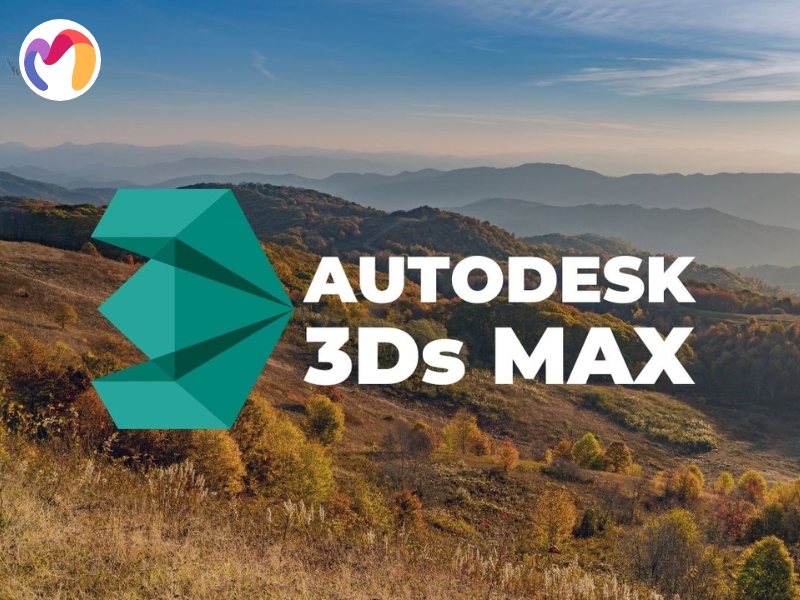
2. What is 3ds Max used for?
3ds Max software serves multiple professional purposes and here are five key uses that highlight its value across design and creative industries:
- Architectural Visualization: Architectural firms and real estate developers create photorealistic building images to visualize spaces accurately before construction, allowing clients to provide feedback on realistic designs.
- Interior Design: Interior designers build detailed 3D models for residential and commercial spaces, integrating furniture layouts and material choices.
- Material and Texture Creation: Material tools generate realistic colors, gradients and surface textures, which improve visual authenticity and help clients grasp design concepts clearly.
- Rendering and Environmental Effects: Rendering engines simulate lighting, textures and atmospheric effects to produce images that reflect real-world conditions and architectural environments.
- Creative Industry Applications: Video game studios, TV commercials and film effects teams utilize 3ds Max for modeling and animation. The software demonstrates versatility in both mechanical and organic modeling.
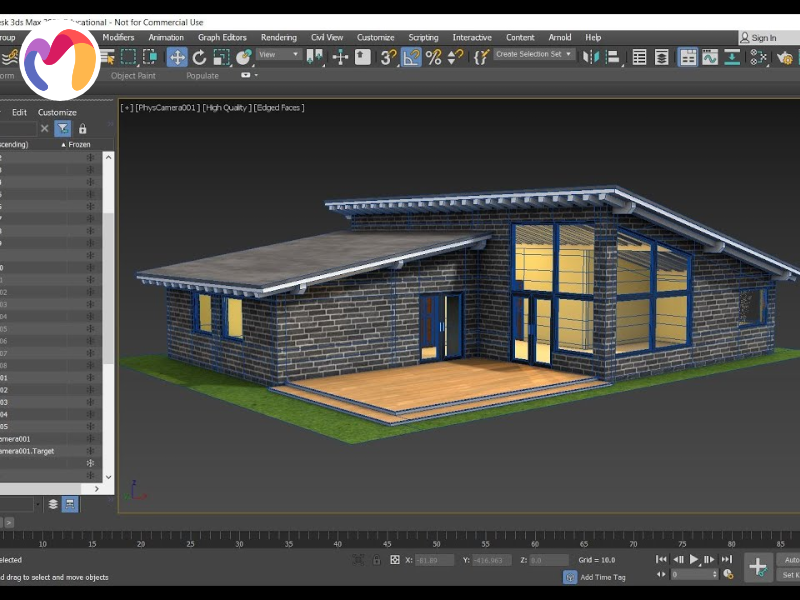

| Join thousands of designers using our free 3D assets to build stunning scenes. | |||
  |
  |
  |
  |
| Frame 3d model | Sculpture 3d model | Fish tank 3d model | Wall 3d model |
3. What are the features of 3ds Max?
3ds Max offers ten key features that make it stand out, providing designers and architects with advanced tools to create realistic 3D models, streamline workflows and manage complex visual projects.
- Retopology tools: Retopology reconstructs polygonal mesh data into clean, quad-based surfaces, giving designers precise control over geometry and ensuring accurate, high-quality models for architectural and interior visualizations.
- Modifier stack workflow: Modifier stacks allow designers to explore ideas non-destructively, apply multiple modifications and adjust details flexibly while keeping the original model intact for efficient iterations.
- Interactive viewports: Interactive viewports display render-quality previews of PBR materials and camera effects, reducing design revisions by letting users evaluate lighting, textures and composition in real time.
- High-quality materials: Material tools create realistic objects with physically based rendering, Open Shading Language support and texture baking, helping designers convey accurate surfaces and lighting in visual presentations.
- Material switcher: The Material switcher enables designers to manage multiple material variants quickly, allowing instant comparison of finishes, colors, or textures without modifying base models and maintaining workflow efficiency.
- Color management: Color management ensures accurate reproduction across different applications and devices, supporting consistent visuals, realistic render outputs and reliable client presentations throughout the design process.
- Integrated Arnold renderer: Arnold renderer handles complex scenes efficiently, producing photorealistic images with precise lighting, shadows and reflections, which enhances architectural and interior visualization projects.
- Multiple file format support: File format support allows seamless exchange of assets in glTF, USD, FBX, CAD formats and more, improving collaboration across platforms and simplifying design workflows.
- Modern workspace: Modern workspaces provide a dynamic, customizable interface that keeps designers focused on creativity, simplifies tool access and adapts to different project types and individual preferences.
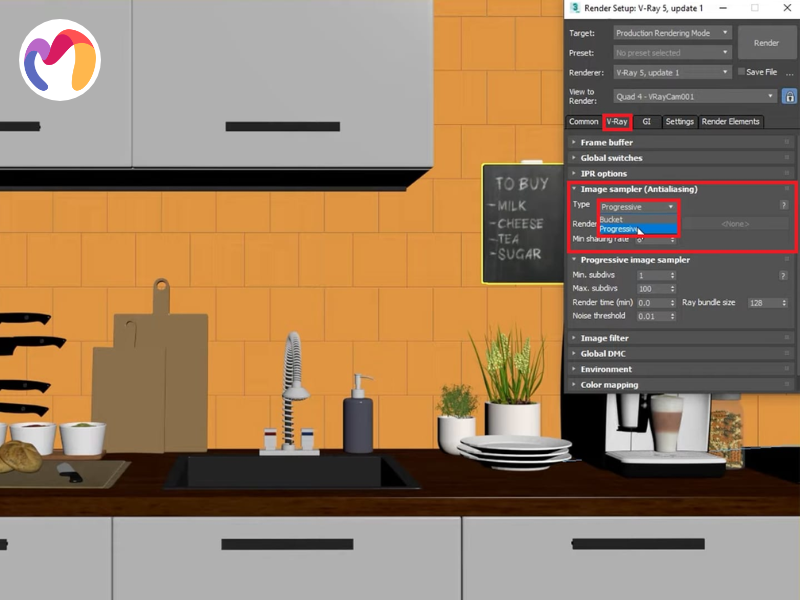

4. What are the advantages of 3ds Max?
3ds Max provides three major advantages that help designers and architects work more efficiently, enhance creativity and collaborate effectively on complex 3D models for interior and exterior projects.
- Enhance artist creativity: Advanced modeling and rendering tools enable designers to craft complicated and detailed 3D models, while experimenting with design variations and visual effects to bring innovative architectural ideas to life.
- Accelerate tasks: Time-saving tools and automated processes reduce repetitive work, enabling professionals to complete modeling, texturing and rendering more efficiently, which in turn shortens project timelines and increases productivity.
- Improve collaboration: OpenUSD integration facilitates smooth data exchange between teams and software platforms, allowing architects, interior designers and visualization artists to share assets efficiently and maintain project consistency.
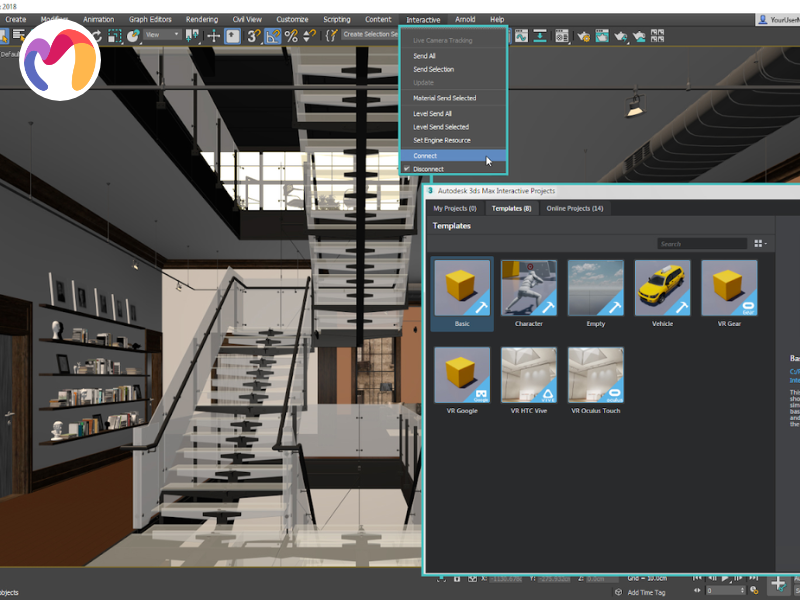

5. What are the disadvantages of 3ds Max?
Despite these substantial advantages, architectural professionals must consider 5 primary limitations that influence the adoption and implementation of 3ds Max within design studio workflows and project development processes.
- Steep learning curve: Mastery requires significant time investment and dedicated training, especially for complex architectural modeling and advanced visualization tasks, which can slow new team members’ productivity.
- Compatibility and platform limitations: Software runs only on Microsoft Windows and interoperability often requires multiple plugins, which can complicate file management and collaborative workflows across mixed-platform teams.
- High cost: The monthly subscription pricing of $175 can be expensive for small architectural studios or independent designers, although free educational licenses and trial versions offer temporary access.
- Stability Concerns: The application crashes more frequently compared to alternative 3D modeling solutions, potentially disrupting project timelines and causing workflow interruptions during complex architectural visualization development phases.
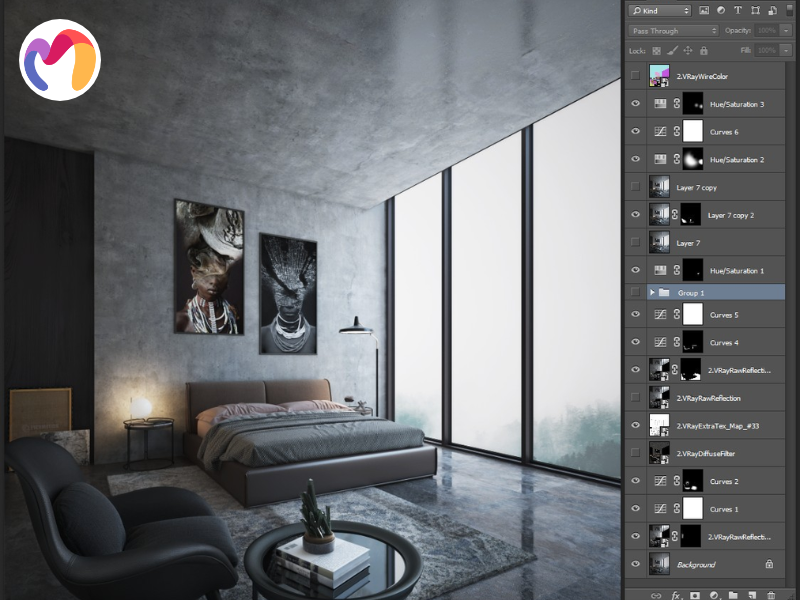

6. Frequently Asked Questions about 3ds Max
How much does 3ds Max cost?
3ds Max costs $175 per month for a subscription. This pricing grants full access to all features and although it may be expensive for small studios, free educational licenses and trial periods are available, which allows students and professionals to explore the software without immediate financial commitment.
What are the rendering options in 3ds Max?
Multiple rendering engines integrate with 3ds Max, including Scanline, ART Renderer, Redshift, V-Ray, Arnold, Corona Renderer, Mental Ray, Maxwell Render and Octane Render. These engines offer diverse photorealistic output capabilities for architectural visualization, supporting various lighting algorithms and material systems to produce professional-quality interior and exterior renderings.
What is the difference between AutoCAD and 3ds Max?
AutoCAD is a technical drafting software used for creating precise 2D and 3D technical drawings, while 3ds Max is a 3D content creation tool for producing high-quality visuals, animations and renderings. AutoCAD focuses on accuracy, scale and construction documentation, whereas 3ds Max specializes in complex 3D modeling, realistic lighting, materials and animation, making it ideal for architectural visualization, game design and product showcases.
What is V-Ray in 3ds Max?
V-Ray operates as a production-proven rendering engine delivering photorealistic architectural visualizations through advanced lighting simulation and material shading capabilities. Studios rely on V-Ray for the efficient processing of complex interior and exterior scenes, producing professional-quality images with accurate global illumination and physically based material properties.
7. Conclusion
This guide on what is 3ds Max covers its fundamentals, features, advantages, limitations and applications, helping architects and designers gain clear software knowledge for informed decisions and it explains key capabilities for architectural visualization workflows while showing practical ways to implement them professionally. 3DMAXTER’s curated 3D model library supports projects with high-quality assets optimized for interior, exterior and structural designs. With competitive pricing, strict quality standards and satisfaction guarantees, designers will have confidence when downloading premium 3D models, enabling them to enhance visualization projects efficiently and reliably today.
3DMAXTER LTD
- Email: [email protected]
- Phone: +1 (929) 450-2898
- Address: 95-38 Queens Blvd, Rego Park, NY 11374, USA


